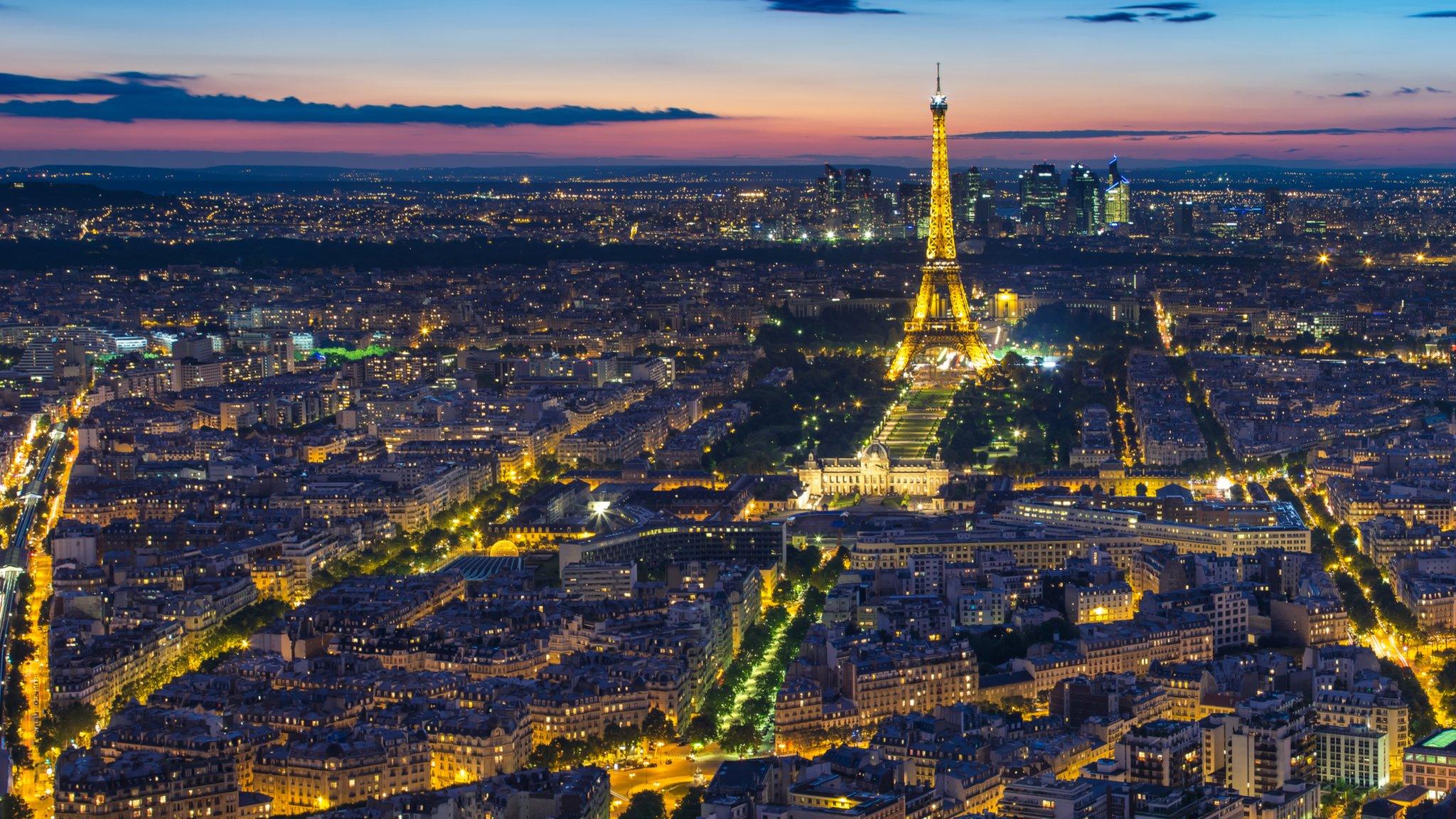Can Paris climate talks overcome the India challenge?
- Published
Drone footage shows one of India's many open-cast coal mines
If any single country embodies the challenge of reaching an agreement at the huge United Nations climate conference that begins in Paris on Monday, it is India.
India is already the world's third biggest emitter of greenhouse gases and it plans a massive increase, proposing to treble CO2 emissions within the next 15 years.
What is more, unlike virtually every other country attending the Paris conference - including the two biggest polluters, the US and China - India has not set a future cap on emissions, let alone proposed cuts.
That's because, for India, economic growth comes first.
And because India's energy policy is based on coal - the dirtiest fuel there is - the pace of economic growth sets the rate of emissions.
'Insect army'
The scale of what India is planning becomes shockingly real when you visit one of the country's many open cast coal mines.
Looking across the vast pit is impressive enough: the opposite bank blurs into the blue distance.
But it is only when you get up close to the operations that you get a true sense of scale.
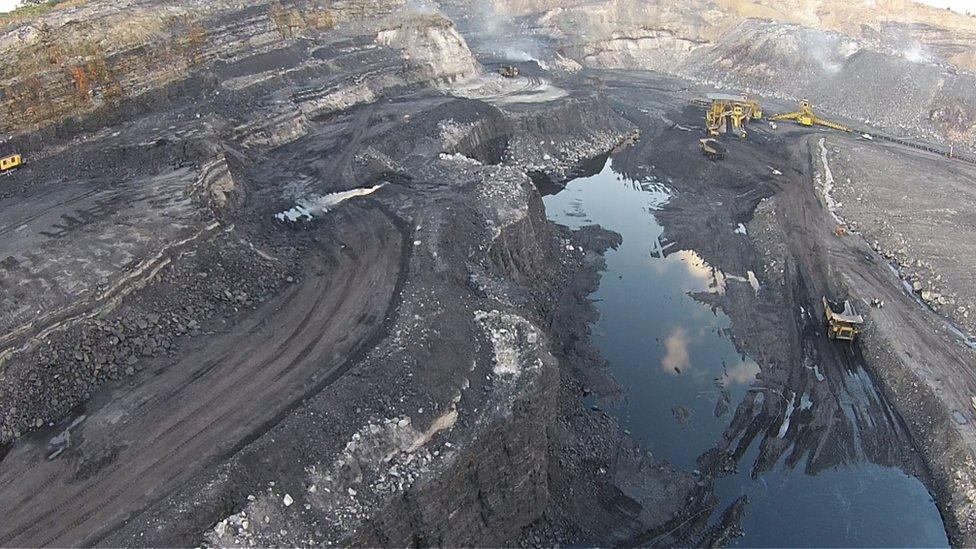
India's energy policy is based on coal - the dirtiest fuel there is
The dozens of bright yellow trucks you saw from your eyrie rumbling with their loads across the valley floor take on vast proportions. Every one of this monstrous insect army is the size of a family home.
But even these behemoths are dwarfed by the queen that squats at the heart of the operation. She is a true titan, a giant crane whose gaping jaws take great bites from the 20 metre high wall of coal before spewing it into the waiting trucks.
And the numbers are as large as the machines. India plans to open a mine like this every single month until 2020 as part of its strategy to double coal output to a billion tonnes a year.
And, it can maintain that output for the next 300 years, if it so wishes, because according to the Indian coal ministry the country has 301 billion tonnes of accessible coal.
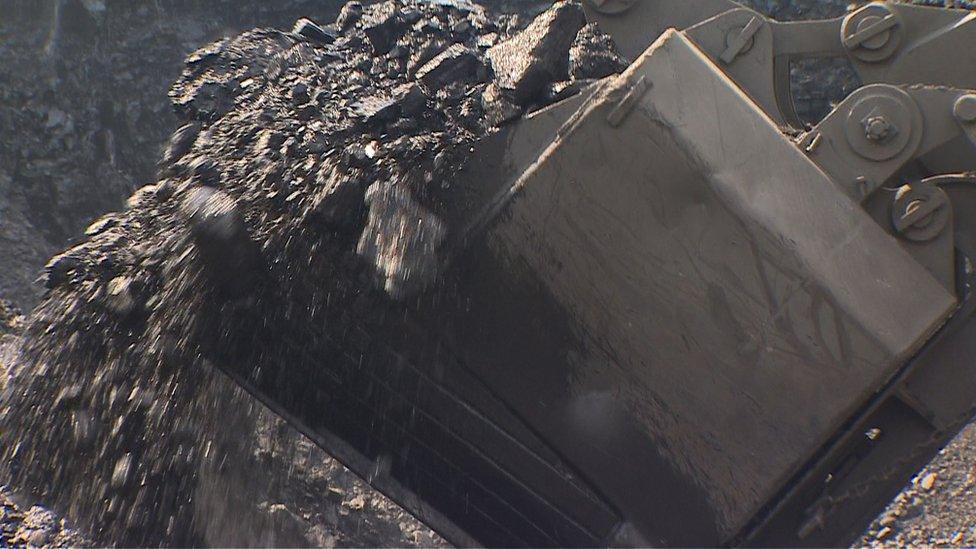
India plans to open a mine like this every single month until 2020
Now hold those huge numbers in your mind as you recall the ambitions of Paris conference: to reduce carbon emissions to avoid catastrophic climate change.
It isn't hard to conclude that India is effectively saying to the world: "Climate change is your problem, you deal with it!"
'Climate Justice'
But India has some powerful arguments to justify its position.
It talks in terms of "climate justice".
First off, it says it isn't responsible for the emissions that are causing the current warming. That's down to the developed world which used fossil fuels to power its path to wealth.
If you look at emissions since 1850 - what is sometimes called the "carbon space" - then US is responsible for a third of the total, Europe and the other developed countries for 45%.
India, according to figures from the Tata Institute of Social Sciences, accounts for just 3% of emissions to date.
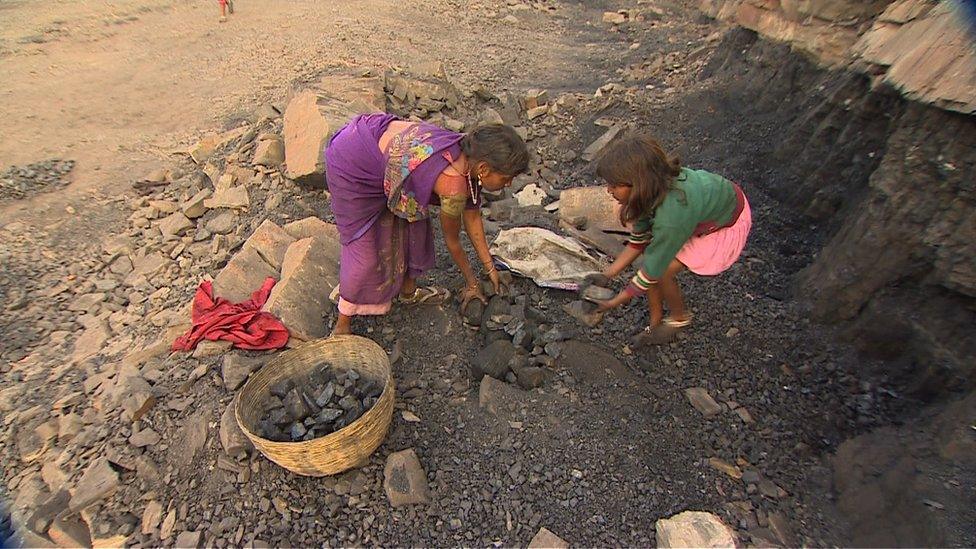
India is the second most populous country in the world with 1.26 billion people
And that tiny total explains why India is still so poor.
Remember, India is the second most populous country in the world with one and a quarter of a billion people. Hundreds of millions of those still live in terrible poverty.
India's enduring poverty explains the second arm of India's argument: the fact that Indians use way less carbon than most other people.
Once again the figures are stark. The average Indian is responsible for just 1.6 tonnes of CO2 a year. Meanwhile, the average American accounts for a whopping 16.4 tonnes, the average Japanese for 10.4 tonnes and the average European for 7.4 tonnes.

Effectively what India is demanding is that other countries agree to reduce their economic growth - not something any politician would normally agree to
The world average is 4.9 tonnes.
So India's position is that it is only fair that it should be allowed to use some of the remaining "carbon space" to fuel growth and help lift its people out of poverty.
But the science is clear. All new carbon emissions add to global warming.
Good omens
So alongside its development of its coal industry, India says it will make huge investments in renewable technologies. It claims to have the most ambitious plans to develop solar and wind power in the world, planning to add 175 GWs of renewable power by 2022.
If India achieves that - and it is a big "if" - then it will help reduce what is known as "emissions intensity" - the amount of carbon emitted per unit of energy produced - by about a third.
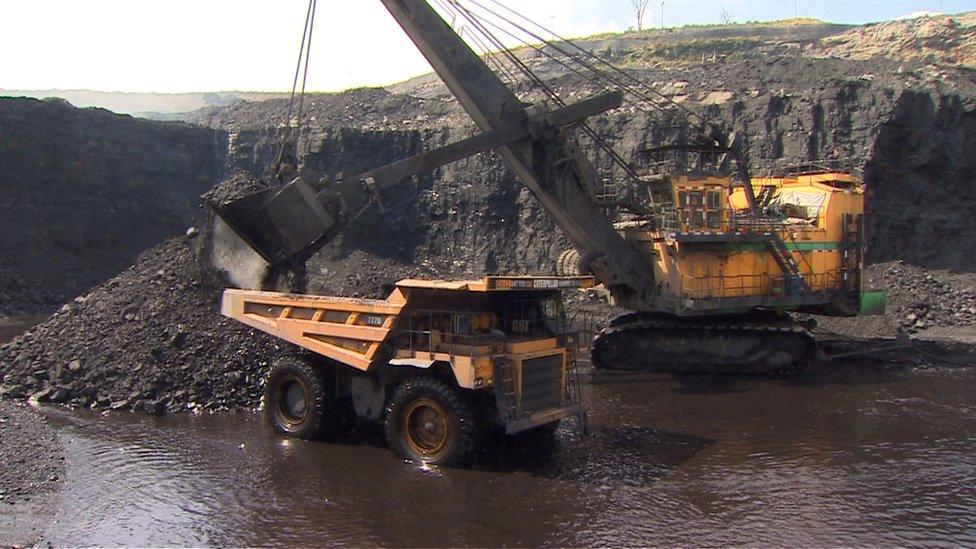
The average Indian is responsible for just 1.6 tonnes of CO2 a year
That is a laudable ambition but it doesn't avoid the key problem - the fact the India's policy means a huge increase in emissions.
And that is the big challenge at Paris. Because the inescapable conclusion is that if India - and other developing countries - are going to be able to grow, then other countries will need to make even deeper cuts to their emissions to give them the space to do so.
Effectively what India is demanding is that other countries agree to reduce their economic growth - not something any politician would normally agree to.
But the omens are good. These aren't new arguments, and much of the groundwork for an agreement has already been done.
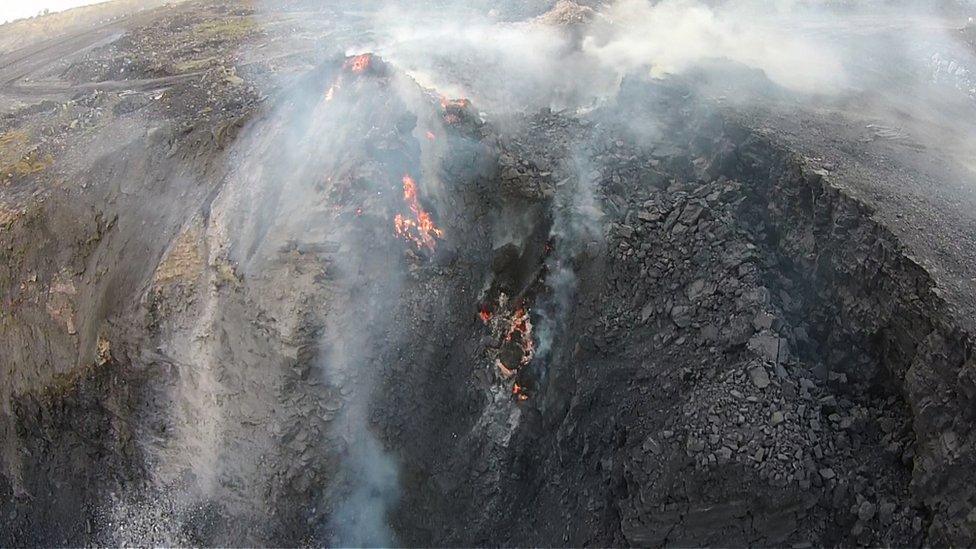
India's position is that it is only fair that it should be allowed to use some of the remaining "carbon space" to fuel growth and help lift its people out of poverty
An incredible turnout is expected.
Leaders from 138 countries, including Barack Obama, Premier Xi Jinping of China and Prime Minister Narendra Modi of India, have said they will attend. Not a single leader pulled out in the wake of the Paris attacks earlier this month.
Indeed some people are saying the Paris attacks may actually bode well for the conference, with the leaders wanting to be able to point to a concrete agreement on global warming as a symbol of the world's ability to come together to achieve good.
But the scale of India's ambitions gives you a clear sense of just why getting such an agreement in Paris is such a challenge.
And why it will be such a triumph if it is achieved.
- Published2 October 2015
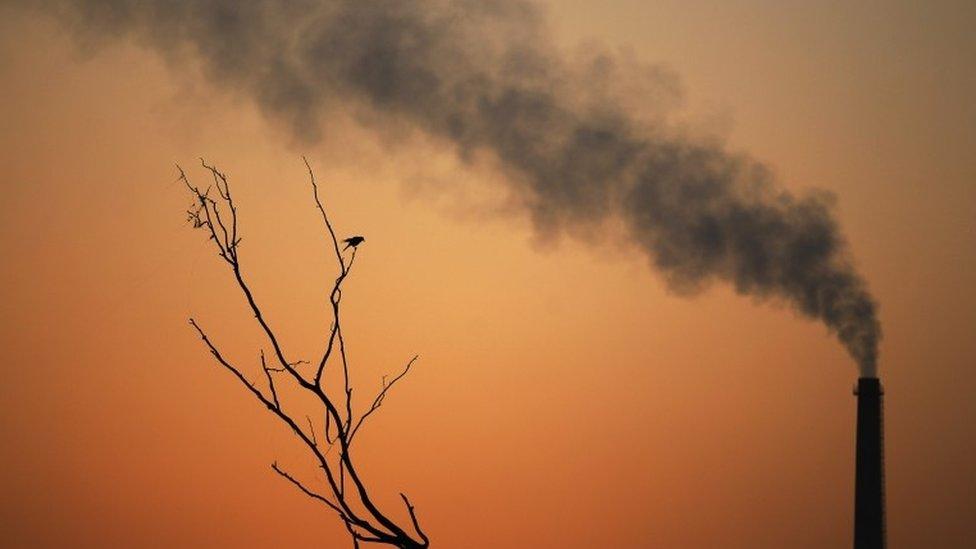
- Published29 September 2015
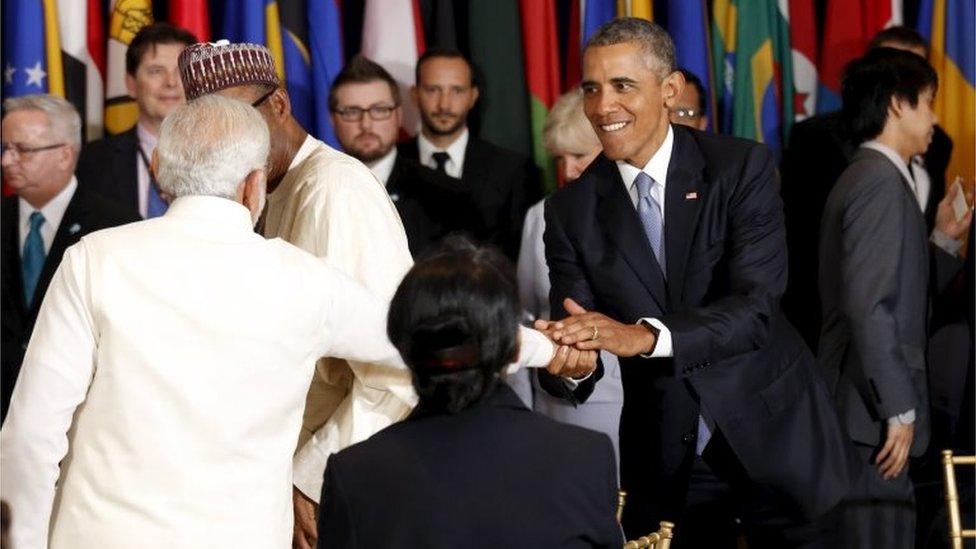
- Published12 October 2015
